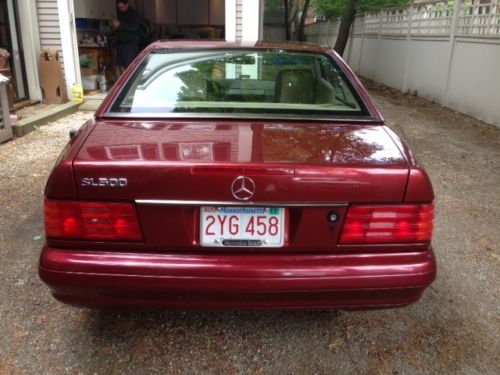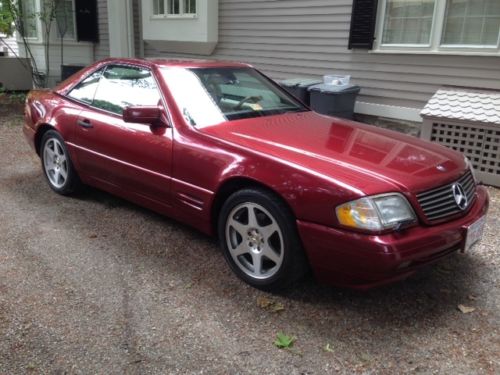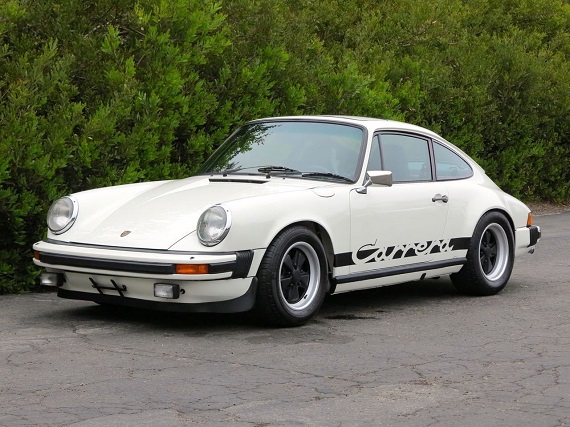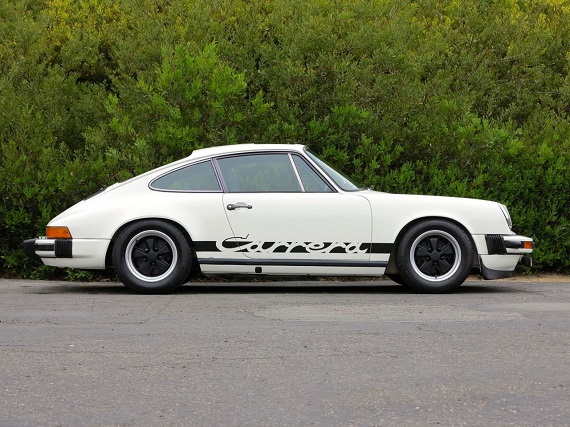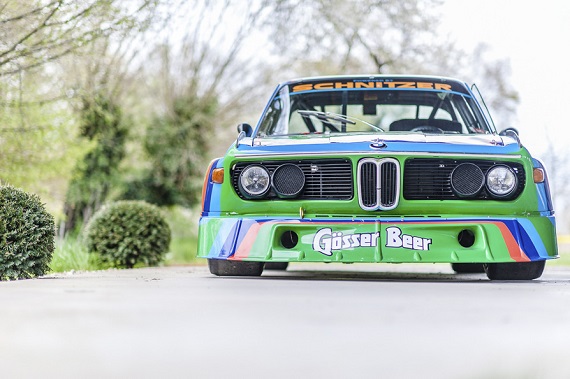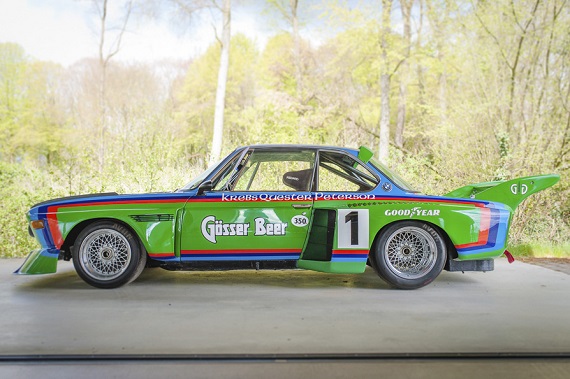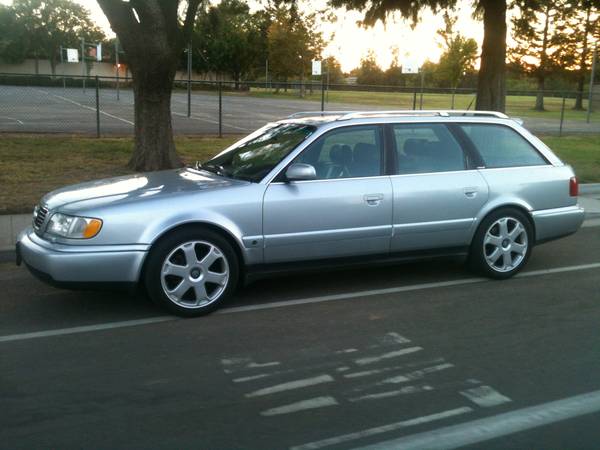About a month ago I featured a 1997 SL320 40th Anniversary Edition. Today’s car is also a 40th Anniversary Edition — although a SL500 and not a SL320. With the smaller straight-six production being limited to 250 models, the V8 had twice that number (despite what the sellers ad says) with 500. The SL500 was only produced in Crimson Red Metallic with “Exquisite” parchment leather, some fancy floormats and EVO II wheels. Seeing as these don’t come up for sale often, let’s take a look at this R129 outside of Boston.
Month: October 2016
Most automotive enthusiasts are probably familiar with Porsche’s legendary 1973 911 Carrera RS. Produced to meet homologation requirements it set the 911 on the road to being the performance icon that it remains today. What is less well known is that while the ’73 RS would be the only production version based on the long-hood 911 design, the engine from that RS continued to put in work on the new impact-bumper 911s of the mid-70s under the guise of the Carrera 2.7 MFI. For the most part, these were like an RS Touring with a different front fascia. These days it is that shared engine DNA that is of such importance and which has seen values of the 2.7 MFI rise quite high. But they’re still much less expensive than a true ’73 Carrera RS and that makes them an interesting proposition for well-heeled buyers who’d like to shy away from the nearly $1M price tag of the RS. Like the RS the Carrera MFI was never available for sale in the US, but over time examples have made their way to our shores. Such is the case with the one we see here, a Grand Prix White 1975 Porsche 911 Carrera 2.7 MFI Coupe located in California.
CLICK FOR DETAILS: 1975 Porsche 911 Carrera 2.7 MFI Coupe on eBay
2 CommentsWhile there are iconic liveries that permeate motorsports, sometimes there are equally iconic aerodynamic aids. The 1970s and 1980s saw some incredible experiments, from the Brabham BT46 ‘Fan Car’ which sucked all of the air out from underneath the chassis, literally sticking the car to the road to the 935/78 ‘Moby Dick’ car, which somewhere underneath the long tail and stretched front end was actually a 911 (in theory, at least!). For BMW, exploiting the Group 5 FIA rules to suit their E9 chassis and make it competitive with the Porsche 911. That meant the aerodynamics of the 3.0CS had to be altered, and the result was wings, fins, and flares. But if the road going version of the also lightened 3.0CSL looked outrageous, the racing version simply took the recipe and turned it up to 11. Giant boxed flares widened the E9 half again. A huge front air dam looked capable of clearing cattle on the Sante Fe railway. Huge centerlock BBS magnesium wheels sported a footprint that would make most large commercial planes jealous. And if the tires didn’t shock them, the huge cantilevered wing protruding from the back of the trunklid certainly would spoil their plans to go airborn. This was the legendary car which gained the name “Batmobile”, and though they were not ultimately able to defeat Porsche in the Group 5 contest for 1976 (you know that, of course, because of the many Martini Championship Edition Porsches we feature), they are no less memorable than the 935:
CLICK FOR DETAILS: 1975 BMW 3.5 CSL at Jan Luehn Cars
1 CommentYesterday on our Facebook page, I asked whether Craig’s 500E was more desirable than the S4 I wrote up earlier in the day. The response was pretty overwhelmingly in favor of the W124, even though the S4 undoubtedly represented a better condition car for less money. Well, the C4 isn’t going to give up without a fight, because there was one pretty serious trump card that the platform offered compared to its Stuttgart-based rival; you could get a wagon:
CLICK FOR DETAILS: 1995.5 Audi S6 Avant on Sacramento Craigslist
6 Comments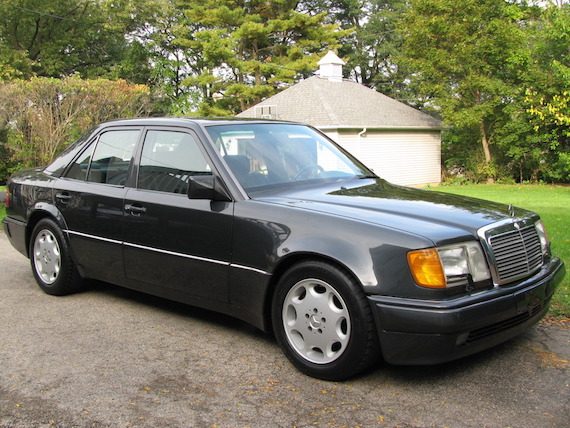 The product of a Porsche-Mercedes collaboration built on the W124 platform E-class, the 500E is a 90s super sedan that tends to fly under the radar (or did, until recently, when the collector market began to take an interest). The flared fenders and squat stance are the only external cues that set these cars apart from your average Stuttgart taxi. But beneath the surface lies a wider track, beefier brakes and a 5.0 liter V8 engine developing about 326 hp. That lump is sufficient to propel the 500E to 60 in just under 6 seconds. While that’s not super impressive by today’s standards, it was quick for the time. And the chief virtue of the 500E was never really its acceleration from a standstill (torquey and quick, though it was). It was its ability to cruise the autobahn at 160 mph all day, every day, while four passengers sat in dignified comfort in the cabin.
The product of a Porsche-Mercedes collaboration built on the W124 platform E-class, the 500E is a 90s super sedan that tends to fly under the radar (or did, until recently, when the collector market began to take an interest). The flared fenders and squat stance are the only external cues that set these cars apart from your average Stuttgart taxi. But beneath the surface lies a wider track, beefier brakes and a 5.0 liter V8 engine developing about 326 hp. That lump is sufficient to propel the 500E to 60 in just under 6 seconds. While that’s not super impressive by today’s standards, it was quick for the time. And the chief virtue of the 500E was never really its acceleration from a standstill (torquey and quick, though it was). It was its ability to cruise the autobahn at 160 mph all day, every day, while four passengers sat in dignified comfort in the cabin.
